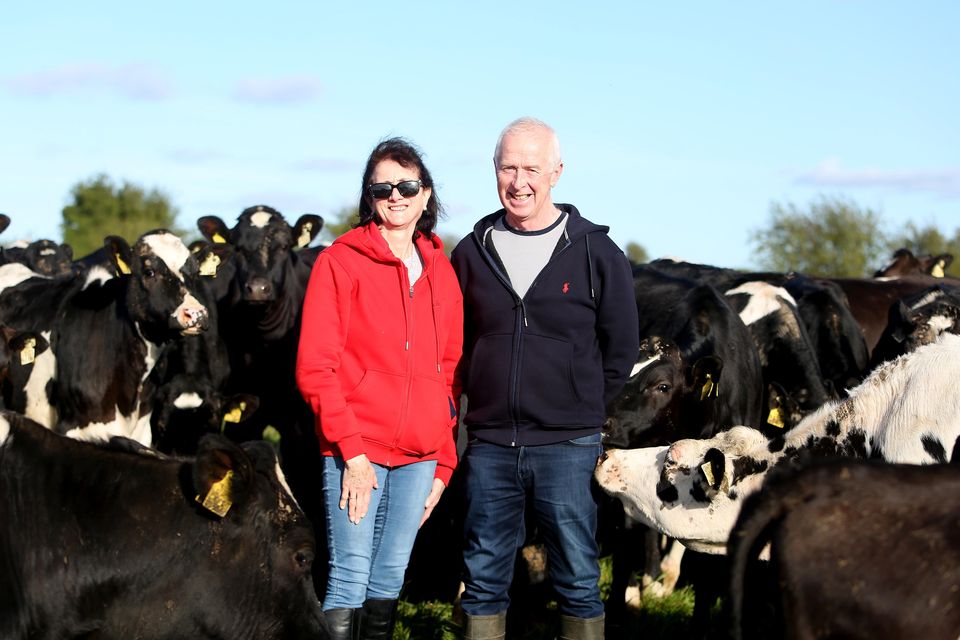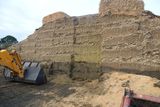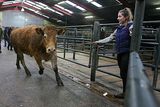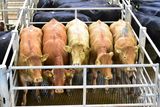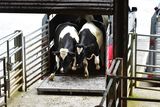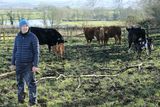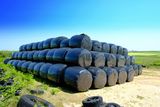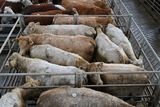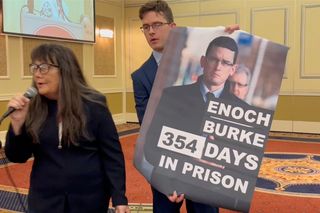How this award-winning Galway farmer is reaping the benefits of 50 years of focusing on grass growth
Billy Gilmore still abides by advice he was given half a century ago
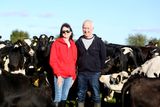
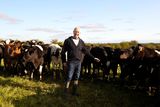
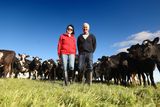
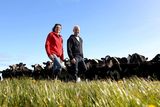
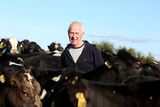
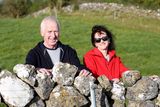

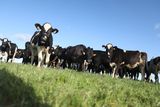
Fifty years on from Billy Gilmore’s first farm walk, the advice he received then plays a part on his Galway farm to this day.
Last week Billy won the Drystock Category of the Teagasc Sustainable Grassland Farmer of the Year awards.
Farming alongside his wife Anne near Tuam, Co Galway, he operates a contract heifer rearing system, rearing over 150 heifers a year.
“I took over the farm at the age of 15 and shortly after I remember I cycled to my first farm walk, and the discussion back then was around the principle of growing grass in three weeks and grazing it in three days, setting up paddocks and applying lime,” he says.
' I try to look at ways we can do things, rather than why we can’t do things'
“I was looking at what I thought were old fellas and they were probably 20 years younger than I am today.
“I was fascinated with the grass and paddocks and kept looking at the people who are positive rather than negative. I try to look at ways we can do things, rather than why we can’t do things.
“Fast-forward 50 years and the principles are still the same that drive the success of any farm system.”
Increasing grass growth on the farm has been possible by carrying out regular soil samples which identified paddocks that were index 1 and 2 for phosphorus (P) and potassium (K).
Billy applied lime to paddocks wherever was needed and slurry to the paddocks with low index 1 and 2 for P or K, and compound fertiliser to remaining paddocks.
'“I was fascinated with the grass and paddocks and kept looking at the people who are positive rather than negative'
Billy has always been an advocate for measuring grass and has been involved in local discussion groups and programmes over the years.
“Every farm I visit no matter how big or small, there is always something that I can take home and adopt on the farm,” he says.
Down through the years Billy has been grateful for the input of Teagasc advisors including Paddy Hickey, who helped him with his soil sampling back 50 years ago, and in more recent times Gabriel Trayers.
“I had my first farm advisor in the second week of April, Paddy Hickey, and we took soil samples 50 years ago and put out lime and corrected the Ps and Ks and set up the farm,” he says.
The herd of contract-reared heifers
Grass measuring has allowed Billy to focus on producing quality grass.
Silage quality has always been important, from cows calving in the autumn to weanling heifers at this time of year.
“Maximising weight gain over the winter period is essential with good-quality silage,” says Billy. “I always target 70-75DMD.
“Grazing ground in the spring is essential, in addition to cutting in mid-May as far as possible. The crop is all leaf and very little stem at that stage. There is very little room for error.
“Having a paddock system also enables us to remove surpluses which is usually very good quality.”
Billy’s farm is fragmented, with just 3ac around the house, and the farming system has changed over the years, from a mixed system, to an autumn calving suckling system to a spring lambing flock and tillage enterprise.
Billy and his Anne at a drystone wall
Billy also worked part-time in the Tuam sugar factory before it closed.
“The sugar factory meant a lot to farmers around here,” he says. “We grew sugar beet at the time, as well as having sheep and sucklers. But we decided to change things in around 2016 as we didn’t know if any of our children were going to farm full-time.
“I am 66 and farming was getting physically tougher. So we took in our first heifers and then over the next couple of years that’s what we concentrated on, rearing replacement heifers for dairy farmers.
“It means I’m not out at 4am in the morning calving cows and it simplifies things for us. The heifers are easy and safe to work with.
“I got tossed around by a cow in the middle of a field in 2016. I wasn’t badly hurt but my two shoulders were hurt and found I was three or four months getting my full use back. I realised I could not get away from them as fast I used to be able to.”
Billy has always been open to trying new technologies and adopting practices that will benefit grassland management on the farm.
'“This spring has been very challenging'
His flexible approach is needed dealing with grass throughout the seasons, from severe rainfall to drought conditions.
“This spring has been very challenging. I have only had a chance to get the heifers to grass for a couple of weeks so far.
“While farmers in the west are used to long winters, this spring has caused huge pressure on farms. There is plenty of grass on farm; ground condition is the big problem.
“I applied slurry in early February on over half the farm but I only got my first fertiliser out on Saturday. All the heifers were out in groups in the past week.
“I am over 50 years farming and I am still trying to improve grassland management on the farm. I have always had an interest in growing grass and maximising its utilisation.
“While I introduced paddocks decades ago I have decreased the size of the paddocks further.”
Teagasc Galway/Clare regional manager Pat Clarke said Billy’s win is a testament to all of his persistence and hard work.
“Billy has always been instrumental to Teagasc over the years, hosting events, participating in programmes and working with local staff,” he said.
“I look forward to visiting the farm later this year when Billy will host the drystock award farm walk.’’
John Kilboyle is a Teagasc advisor based in Tuam






